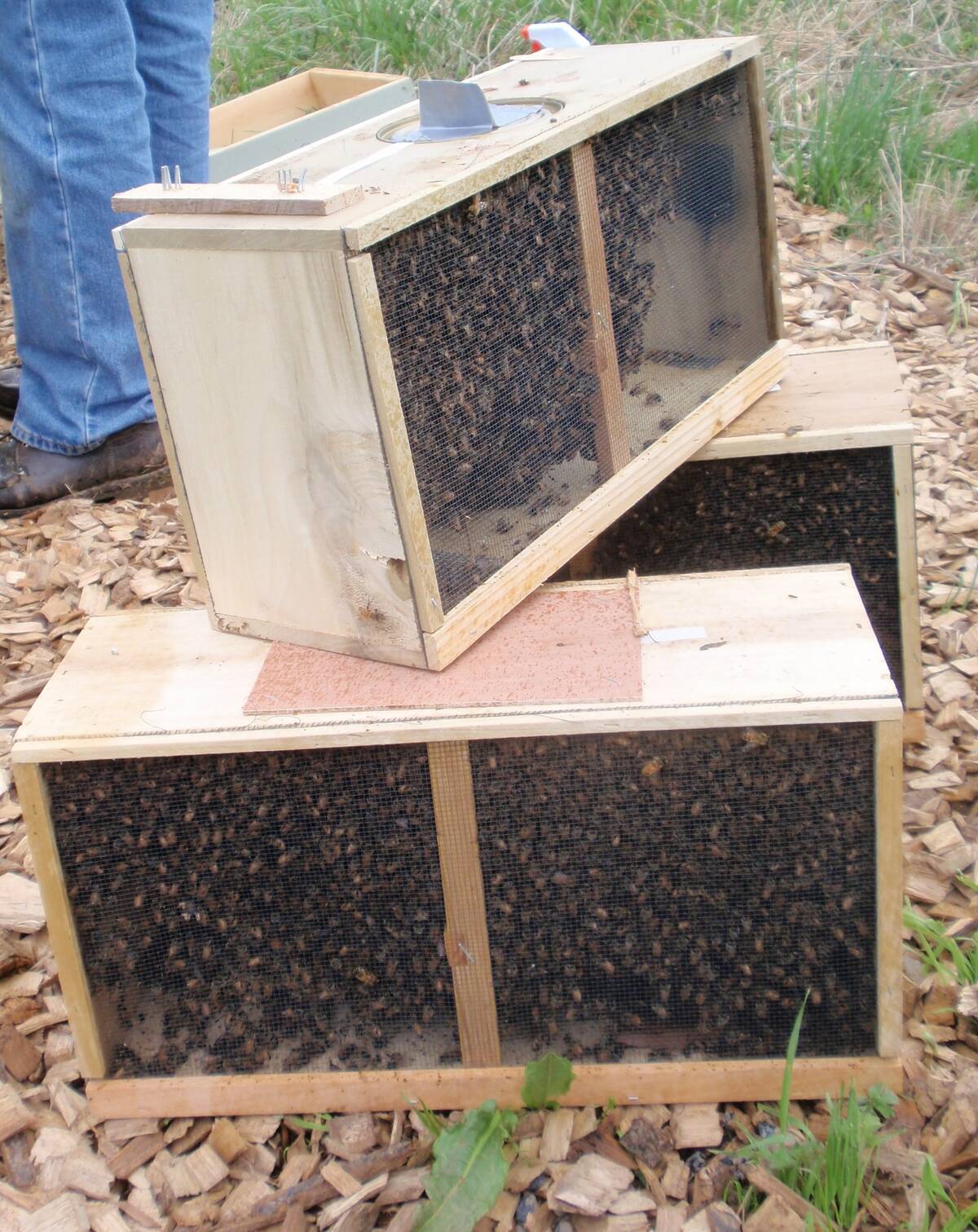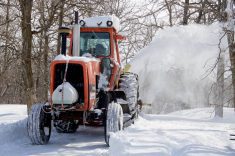Rain and snow this spring left topsoil moisture in good condition for seeding in much of the Prairies, but hasn’t added to deeper moisture in many regions.
A burst of spring precipitation came April 15-18, as the effects of a Colorado low brought sustained rain and snow to Manitoba. Brandon accumulated nearly 25 millimetres; Morden received just over 14 mm and Steinbach had nearly 24 mm, Environment and Climate Change Canada data shows.
Further north, Dauphin received more than 24 mm and Fisher Branch accumulated just over 22 mm.
Read Also

Canadian beekeepers call for regulatory accountability
Beekeepers say the Canadian Food Inspection Agency should restore packaged U.S. bee shipments, claiming the agency isn’t following evidence.
After a dry winter, many areas are still well behind the curve on soil moisture, said AAFC agroclimate specialist Trevor Hadwen.
South-central Manitoba is down about 75 mm of moisture from normal since Sept. 1, and down more than 200 mm from normal since last year at this time, he Hadwen.
“It will certainly help. It’s not enough. [The southern Prairies] have had long-term drought conditions that aren’t going to be changed by a single storm event.”
The situation has improved in recent weeks, he noted.
“The challenge we have is we have enough moisture to seed into. Do we have enough moisture to grow the crop? No, because we don’t have those reserves in place.”
That means another year without a moisture buffer. Consistent rains will be needed to avoid drought conditions, Hadwen said.
Prairie-wide outlook
The recent storm system brought mainly light precipitation to Alberta, with Medicine Hat registering less than one mm between April 15 and 18. Pincher Creek, in the southwest corner of the province, saw 6.2 mm, according to Environment and Climate Change Canada. Calgary accumulated 12.5 mm, Red Deer got about one mm and Edmonton received just under three mm.
Over the last few months, southern Alberta has received normal or above normal precipitation, Hadwen said. However, the region’s moisture deficit is so extreme that it hardly made a dent in the area’s water supply issues.
Dry land farmers are fairly optimistic, he said. Those reliant on irrigation, who’ve seen water supplies deeply depleted, and ranchers with long-term struggles to find adequate feed, want to see more rain.
Northern Alberta has been extremely dry for the past few months, Hadwen said. Before that, moisture levels were not bad.
The recent storm system hit Saskatchewan unevenly. Southern regions got moisture, and larger amounts were received further north and east.
Swift Current got just over four mm, Moose Jaw got less than one mm and Yorkton saw just shy of 10 mm. Further north, North Battleford saw 2.6 mm and Prince Alberta accumulated about 19 mm.
AAFC’s most recent drought map, which reaches to the end of March, places most of the Prairies in moderate to severe drought, with a patch of extreme drought in south-central Manitoba, and extreme to exceptional drought in an area stretching between Calgary and Red Deer into western Saskatchewan.
















